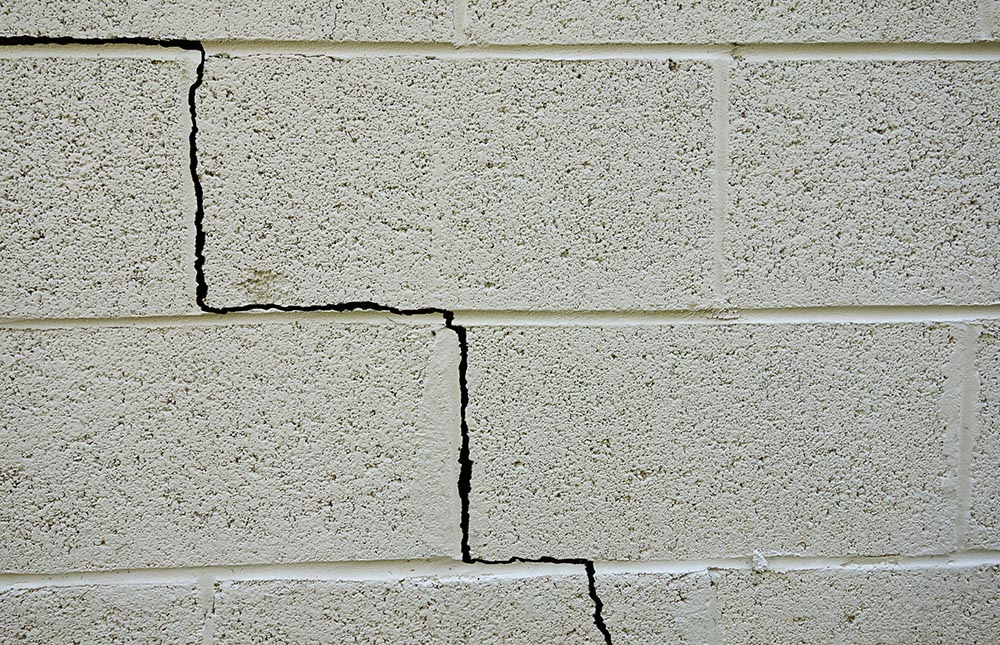If you think hydrostatic pressure sounds complicated, it’s not. It just sounds that way. But it does exist and it can cause problems for your foundation. It refers to the water that is in the ground.
You have likely guessed by the name it has to do with water. Water that is is static, which means it isn’t going anywhere. We all know that water and foundations spell trouble.
There is no way to remove it all but you wouldn’t want to. If the soil is too dry, that can cause major problems for your foundation, as well. But hydrostatic pressure refers to an excess amount of water.
Hydrostatic Pressure and Your Foundation
Excessive rain or melting snow can cause water to accumulate in the ground near your foundation. If the area you live in is near a lake or river, then you already have plenty of water underground.
When there is a lot of water, it needs to go somewhere. Water is heavy and takes up a lot of space. When the excess water hits a hard surface, like your foundation, it can cause a lot of pressure to build up.
This is the ABCs of hydrostatic pressure. Water that is taking up space wants to move and can’t, so it pushes against your foundation. Concrete is porous and water is heavy.
When the water sits there for a long time, it will start to find any weaknesses in your foundation. Small cracks or holes will quickly become saturated and that can break down the foundation.
Water Damage
If left steeping too long, you will start to notice damp patches, or moisture in cracks, a higher humidity level in the home or basements, and a musty, moldy smell.
That musty odor means mold and mildew have started to grow. There may also start to be water damage on the walls, floors, or ceiling of your basement.
If you start to notice leaks then the saturation has gone on for a significant amount of time. But if it has reached that level, then there are bound to be other issues, as well.
Hydrostatic Pressure and Your Foundation
Simply due to the water and the constant pressure of the excess water, your foundation will begin to weaken. Once the water has been able to seep in and reach the inside, the damages may be much deeper.
You may notice larger cracks and wet or damp areas on them. If you have a wall that is cracking horizontally or stair-stepping along the blocks, you need to take action as soon as possible.
The walls may start to bow inwards. This can lead to the wall collapsing in or breaking. If this happens, your home may not be safe to live in until it is repaired.
If you notice any signs of damage, call your foundation contractor right away. For people who experience excessive amounts of water, it’s important to understand the amount of damage that it can cause.
It’s far better to take precautions long before you get to the point of your walls becoming weakened by the hydrostatic pressure. It can be dangerous and very expensive to repair or replace.
KC Pier
Don’t wait to find out that your foundation is in danger of becoming severely damaged. Contact us here today to schedule an appointment to make sure your home is safe from water damage.
We will complete the work on your home with the same level of care, courtesy, and professionalism as we would for our own family members.

